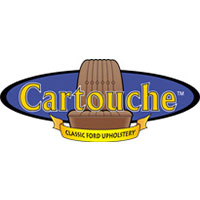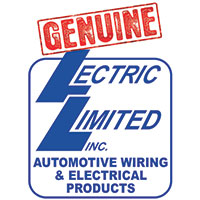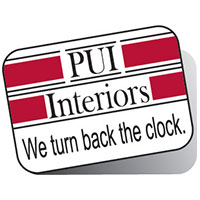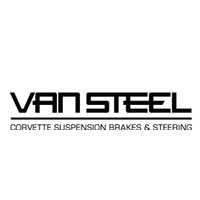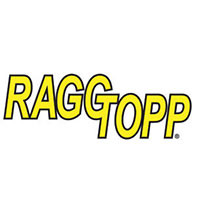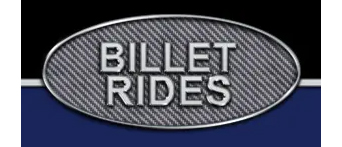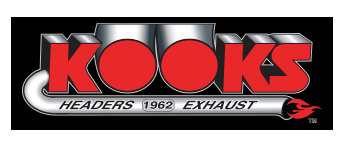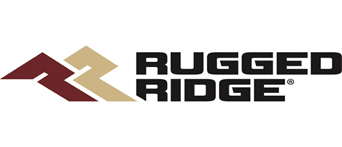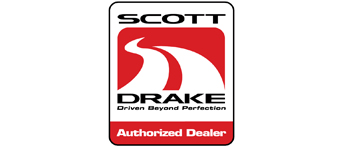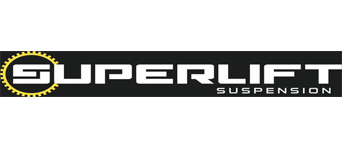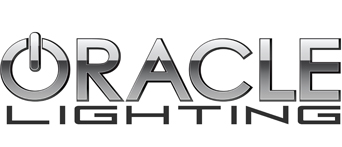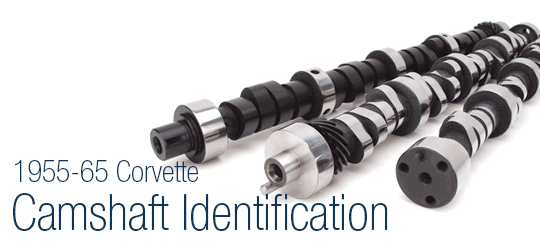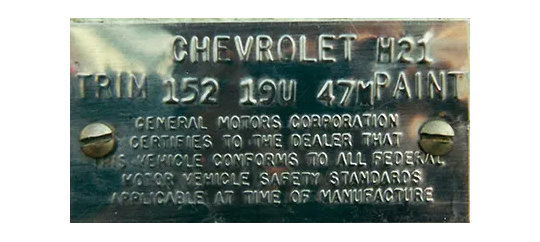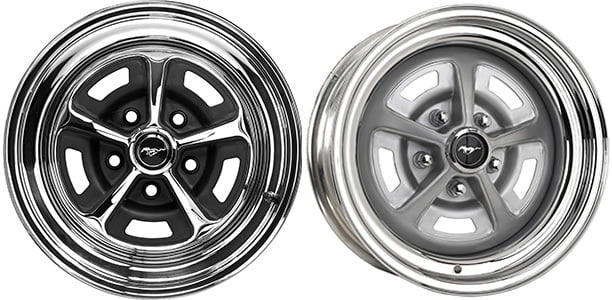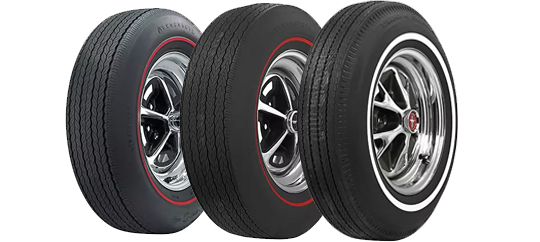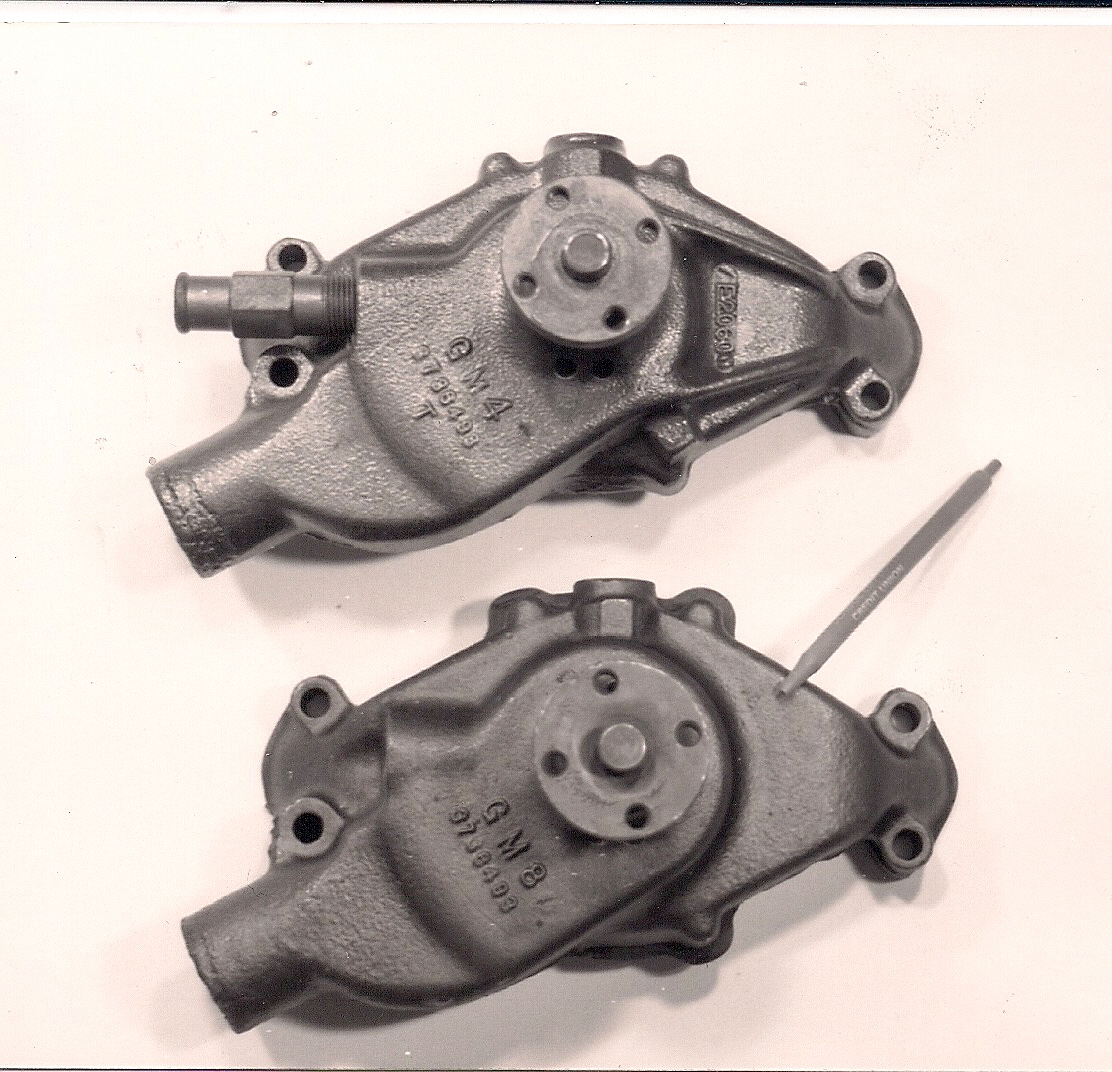A Potion for Motion – Baldwin Camaro
- Jan 15, 2015
Bill Culver, Macon, GA
By Ron Wolf
Back in the day, Baldwin Chevrolet in Long Island, NY hooked up with Joel Rosen and his Motion Performance speed shop to produce the now legendary Baldwin Motion Specialty Camaros. These cars were touted as "supercars" and were turnkey, race-prepared cars that were invoiced as new and came complete with warranty to customers at the dealership. Also known as the "Fantastic Five", they were the SS-427 Camaro, Chevrolet (Impala/Biscayne), Chevelle, Corvette and Chevy II (Nova). This is the story about one of the few surviving Baldwin Motion Camaros and its owner, Bill Culver.
Before Bill purchased his first project car many years ago, he knew it would be a Camaro. He loved the styling, power and performance attributes of all the Camaro generations, so it was a no-brainer that this would be his life-long car hobby choice. As Bill so aptly put it, "Having a clear vision of what type of cars I wanted to own and restore made the hobby more enjoyable. I could focus my time and energy better and get more done in less time."

Twenty years or so have passed since Bill began building and restoring Camaros and soon after finishing his latest car project, a restored '70 Z28, he got the itch to build another car. This time, however, he wanted to do something really different. He began to haunt the Chevy and Camaro car shows for ideas. While watching some very rare cars roll out of trailers, it came to him; he would find and build a one of the rarest Camaros – the most well-known car of the Baldwin Motion Fantastic Fives.
But, life decided to throw a curve ball at Bill. A quick study of the price of these rare cars made him realize they were way out of his budget at that time. After all, he had a growing family with all the incumbent financial obligations. So, Bill purchased an Ertl Limited Edition Collectible Model Baldwin Motion Camaro, thinking this would satisfy his desire for the real thing. You know, of course, that Bill's feeble attempt at self-induced, reverse psychology didn't work! Nope, instead, that model car sitting on his desk reminded him everyday how much he wanted a real one in his garage. To alleviate some of his angst, he moved the model to a high shelf in his bookcase, took a deep breath and made a new plan. The new plan was to begin a slow, methodical search for the exact car he wanted, one with the yellow and black color scheme. He knew this would take quite a bit more time and time is what he needed to finance the project.

After several years of searching, many leads and many very over-priced potential cars, Bill came to the conclusion that he might have to settle for just about any color combo, as long as the car is in good enough condition to be restored. He did eventually find one and said, "When I found a 1970 Baldwin Camaro, I wasn't sure it was authentic. It was white with all the Z28 emblems, but on closer inspection of the cowl tag, I noticed the original color was Daytona yellow. The owner told me it was an old race car from somewhere up North." Bill checked the VIN with a company that does documentation research and they verified that the car was sold by Baldwin Chevrolet. So he knew his find was authentic.
However, the car was not as complete as he had hoped. The engine and transmission were in the trunk in pieces. Very little of the interior was intact. Most of the car was rusted and dented. The wheel wells were enlarged to accept oversize wheels and tires and the roll cage had been crudely cut out of the car leaving mountings still bolted to the floor. The owner had scraped away part of the many layers of paint revealing the original Motion paint stripe. And five+ years of dust had accumulated on the car in spite of being stored inside an old warehouse. Still, it was an original Baldwin Motion Camaro and Bill wanted it.
[envira-gallery id="1688"]When it came time to haggle over the price of the car, Bill was at a distinct disadvantage because the owner was not actually trying to sell the car. The result was that no haggling took place and Bill ended up paying more than he had planned on spending. We've all been there at one time or another when we get the "hots" for a car and money becomes no object. So it's easy for us to understand how Bill felt at the time of purchase.
Once the car was home in Bill's garage, he began compiling a list of parts needed for a total restoration. The list was long and he knew that he would have to approach this project in stages to keep it affordable. Like any quality restoration, it would be necessary to completely disassemble the car. In order to not lose parts, Bill cataloged as many parts as possible in plastic bags to make them easier to find during reassembly a year or so later.
With the parts list completed, Bill was ready to start buying parts. However, life threw him another curve ball. His son, Wesley, commented, "Dad, not another restored car that we can't drive?" Bill thought about that a bit and decided to make a huge right turn and said, "OK, I'll build this one so we can drag race it." At that point, the parts list changed so they could get the car NHRA certified. Bill did have a little trepidation about this change in plan, because he had not been involved in drag racing for more than 20 years, but Wesley's enthusiasm offset his concerns. He also had an interesting aspect to his new plan; he wanted to keep the car as close to original as possible in case he wanted to retire it from racing and restore it back to original. Sounds reasonable for maybe a mild Pro Stock class car, right? But read on, Bill was shooting for an 8-second car to eventually restore to original!
[envira-gallery id="1693"]While researching how to slot his car in the best competitive position, Bill found that the NMCA (National Muscle Car Association) has a new program, The Fastest Street Cars and they run several regional events. He also wanted to race within a reasonable distance from home. He chose the Pro Edlebrock Drag Racing Series Extreme Street Class, which is all heads-up 1/4 mile racing with a pro tree (the same tree used by top fuel cars).
Before actual building of the car began, Bill attended several racing events to research what worked and what didn't for others. It became apparent to him that if he wanted to win, he would have to use the latest racing technology. While many racers were using Nitrous, he decided against that and opted to run a supercharged engine to increase its longevity (Nitrous can shorten the lifespan of motors rather dramatically). He installed the Pro Charger, water-cooled supercharger. Bill also wanted the latest in electronic monitoring equipment and installed Auto Meter gauges and instruments. MSD was his ignition choice because that system can be programmed with a laptop computer. He dropped a 502ci GM crate motor into the engine bay and O-ringed the block to handle the 22 pounds of boost and 28 pounds of fuel pressure. With this hi-tech setup, barometric pressure can be monitored at each racing venue with the laptop to dial-in the correct boost for the supercharger. A B&M transmission and Detroit Locker rear end handle the power transfer.
Bill told us about some rather interesting innovations he developed to get the engine/blower setup working right. "I had to re-engineer the power steering pump and remote reservoir that came from a 1991 Chrysler (this unit is very compact and fits better in the crowded engine bay). With little to no vacuum pressure, due to the solid lifter, roller high-lift cam (.710) and supercharger, I used a 1991 Cadillac 12-volt electrical vacuum pump. I also needed a constant power source, which meant running an alternator. However, I didn't have a pulley to connect to the alternator because I was using an electric water pump. So I built a mandrel drive that bolts to the front engine harmonic balancer to drive the alternator."
To stabilize the rear suspension and keep the original leaf springs, Bill chose Cal Trac Traction bars. He did have to install two additional leaf springs and air shocks to get tire clearance at the rear wheel wells. NHRA rules dictate that the rear (slicks) tires cannot protrude past the fender well outer edge in the true 10.5" tire class.
During the build-out, Bill thought about what to name the car. "Ask any real car person and you'll find their car has a name. I wanted the word Yellow in the name, so we choose Hello Yellow. The name and the color get a lot of attention, but when people hear the supercharger crank up that really turns heads."
There is a tremendous amount of satisfaction from doing all the work on a car yourself. That's certainly true in Bill's case, in fact, he said, "I really like seeing a project take shape and enjoy the planning and engineering because it's like therapy to me. And although I'm somewhat sad that part is over, now, racing has taken the place of the building process and that's a fun activity both my son and I enjoy together.
How is the car doing in competition? Bill summed that up for us this way, "I'm pleased to say we're running consistently at 8 seconds and 161 mph with Wesley doing the driving. I don't know how he does it. For me to get in the car and go that fast would scare me to death!"
We wish Bill and Wesley the best of luck in racing the car and look forward to another story in the future about how Bill restored this rare Camaro back to original.
Bio
Bill Culver has worked for Freightliner LLC, which is owned by Daimler Chrysler, as a District Service Manager for the last 24 years. Previously he worked for General Motors for 8 years. He owns his own car restoration company, Culver's Restorations in Macon Georgia. He has been restoring and racing Camaro's for 25 years. Bill has a degree in engineering. His dad was a GM rep, as was his grand dad, consequently he got to drive every muscle car that GM built. Bill was born and raised in Maryland.
Bill's car was built at the Norwood Ohio Chevrolet plant and came off the assembly line in February 1970.
Shop for Camaro parts at www.RicksCamaros.com
Follow us on our Camaro Facebook page. Click here and Like us!







